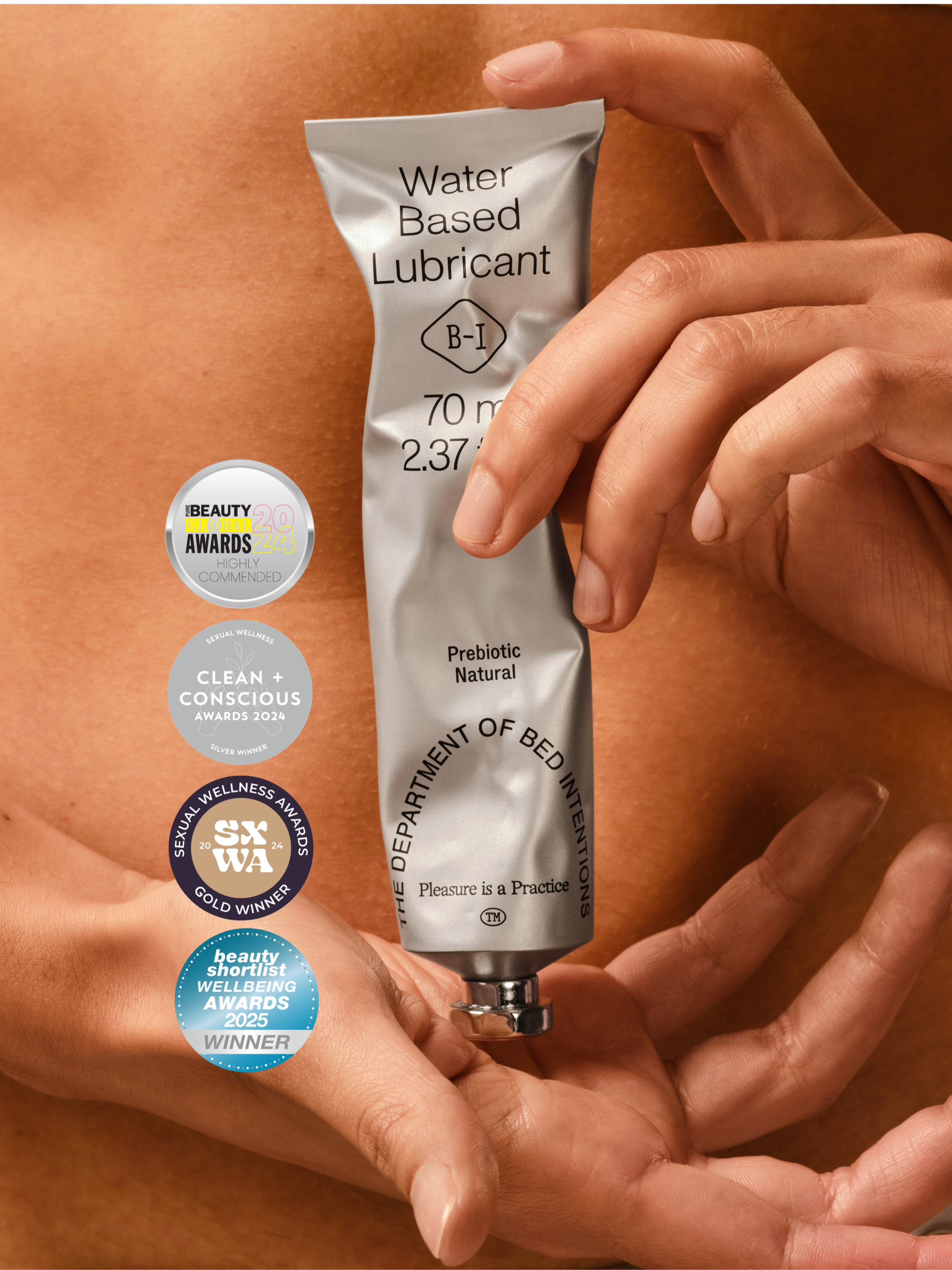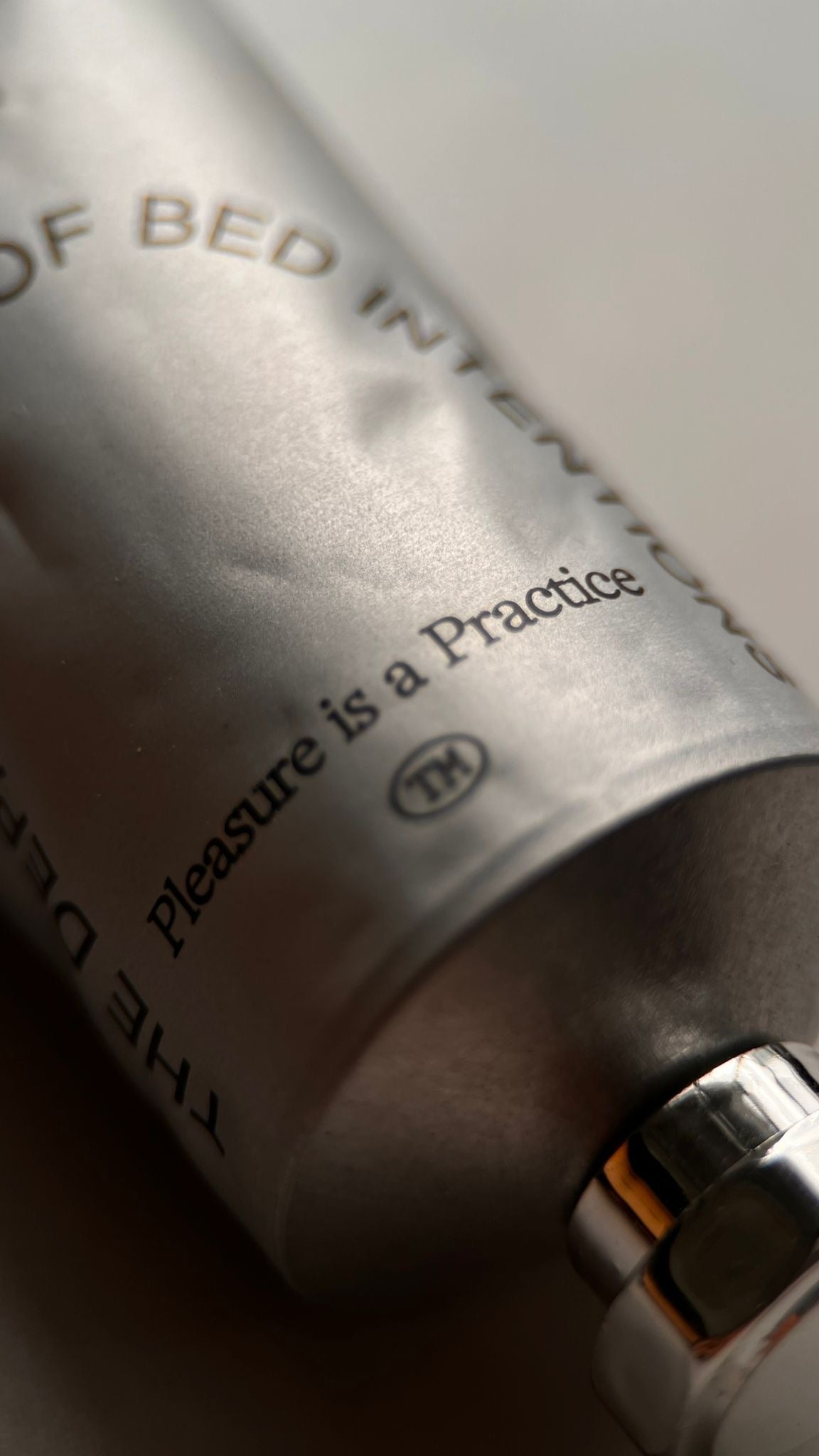Urinary Tract Infections (UTIs) are predominantly triggered by an overgrowth of pathogenic bacteria, notably Escherichia coli(1), a microorganism renowned for its potential to induce pathogenic effects when present in elevated quantities.

While prevalent among the populace, UTIs disproportionately affect women, with a substantial portion experiencing at least one episode in their lifetime.
However, it's worth noting that men can also fall prey to UTIs, albeit less frequently. The likelihood of contracting one also tends to escalate with age.
Because UTIs are bacterial infections, the health of the microbiome of the urinary tract and the surrounding area (such as the vaginal or rectal microbiome(2)) plays a key role in its pathogenesis.
UTIs generally start when E.Coli travels from those areas, in particular the vagina, to infect the urinary tract(3)
Good hygiene and maintenance of balanced microbiomes are likely to help manage the occurrence of UTIs.

What does it mean to have a healthy vaginal microbiome?

Elevated levels of commensal bacteria, notably lactobacillus species, coupled with controlled, albeit non-zero, levels of pathogenic bacteria serve as indicators.
Predominantly, lactobacillus species such as L. crispatus and L. jenensii govern the landscape of a thriving vaginal microbiome.
Commensal (friendly) bacteria play an important role in slowing the over-proliferation of pathogenic (bad) bacteria by hindering their adhesion to bodily surfaces, consequently curbing their survival rates.
Ergo, a flourishing population of lactobacillus is highly desirable.
So, could an unbalanced vaginal microbiome give me a UTI?
Research indicates that women prone to recurrent UTIs often exhibit diminished lactobacillus concentrations and up to five times the typical level of E. coli(4) Studies have shown that spermicidal lubricants that reduce lactobacillus concentration can increase E. Coli and thus increase the risk of UTI(5)
In essence, any product exerting a negative influence on lactobacillus levels theoretically increases the susceptibility to UTIs.
Aaaand a translation to English for those of us without a PhD:
Any product that causes an imbalance with the microbiome — think cheap lubes full of nasty, pH-disrupting chemicals — has the potential to make us more susceptible to UTIs. No fun.
Okay, so how do I maintain a balanced microbiome?
Adopting products devoid of adverse impacts on commensal bacteria levels is the first step towards nurturing a healthy microbiome. In regards to vaginal health, maintaining a slightly acidic pH environment fosters lactobacillus proliferation. Steering clear of products that contain potent antimicrobials like parabens or spermicides also aids in preserving microbiome equilibrium. Additionally, integrating probiotics or prebiotics into one's regimen can serve to bolster the growth of commensal bacteria, further fortifying microbiome resilience.
_______________________________
1. Neugent ML, Hulyalkar NV, Nguyen VH, Zimmern PE, De Nisco NJ.2020.Advances in Understanding the Human Urinary Microbiome and Its Potential Role in Urinary Tract Infection. mBio11:10.1128/mbio.00218-20.https://doi.org/10.1128/mbio.00218-20
2. Czaja CA, Stamm WE, Stapleton AE, Roberts PL, Hawn TR, Scholes D, Samadpour M, Hultgren SJ, Hooton TM. 2009. Prospective cohort study of microbial and inflammatory events immediately preceding Escherichia coli recurrent urinary tract infection in women. J Infect Dis 200:528–536.
3. Hawes SE, Hillier SL, Benedetti J, Stevens CE, Koutsky LA, Wolner-Hanssen P, Holmes KK. 1996. Hydrogen peroxide-producing lactobacilli and acquisition of vaginal infections. J Infect Dis 174:1058–1063.
4. Gupta K, Stapleton AE, Hooton TM, Roberts PL, Fennell CL, Stamm WE. 1998. Inverse association of H2O2-producing lactobacilli and vaginal Escherichia coli colonization in women with recurrent urinary tract infections. J Infect Dis 178:446–450.
5. Hooton TM, Gupta K. 2016. Recurrent urinary tract infection in women. UpToDate, Waltham, MA. (accessed 5 June 2016.)




